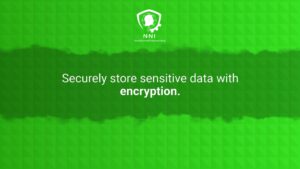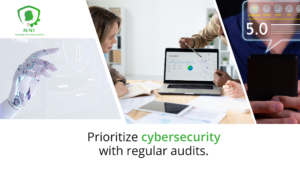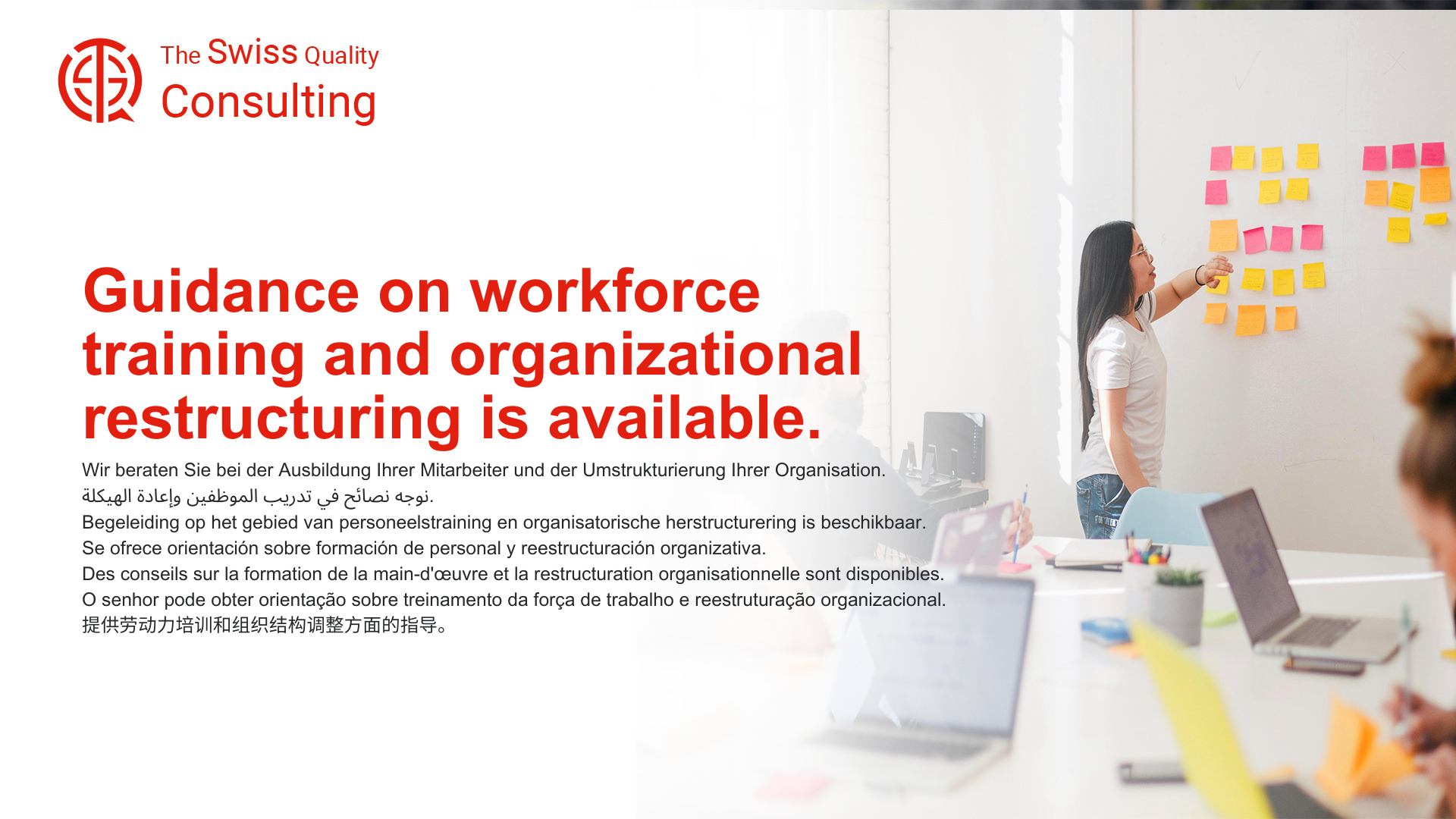Mastering AWS Accounts, Security: A Key to Robust Digital Defense
In the digital era, the statement “7 Settings that make AWS Accounts more secure” underscores the critical importance of cloud security for businesses. As enterprises increasingly rely on Amazon Web Services (AWS) for their cloud computing needs, understanding and implementing robust security measures becomes paramount.
The Significance of Cloud Security in Business
Cloud security is no longer just an IT concern; it’s a strategic business imperative. With the growing prevalence of cloud services like AWS, ensuring the security of cloud-based systems is crucial for protecting sensitive data, maintaining customer trust, and ensuring business continuity.
Key AWS Security Settings for Enhanced Protection
Key AWS Security Settings for Enhanced Protection are crucial for businesses leveraging Amazon Web Services (AWS) for their cloud computing needs. AWS, as a leading cloud service provider, offers a multitude of settings and configurations to enhance the security of cloud infrastructure. However, navigating these options can be overwhelming. Focusing on the most critical settings is essential for effectively bolstering security and protecting vital business data.
Identity and Access Management (IAM):One of the primary lines of defense in AWS security is robust identity and access management. IAM involves managing who can access your AWS environment and what resources they can use. Proper configuration of IAM ensures that only authorized personnel have access to specific AWS services, thereby minimizing the risk of unauthorized access. This includes setting up strong password policies, multi-factor authentication (MFA), and creating user roles with least privilege access.
Data Encryption: Data encryption is another key aspect of securing an AWS account. Encrypting data both at rest and in transit ensures that sensitive information is unreadable to unauthorized users. AWS provides several tools for encryption, such as AWS Key Management Service (KMS) and AWS Certificate Manager, which help manage encryption keys and digital certificates. Implementing encryption protects data from being compromised, even in the event of a breach.
Network Security:Securing the network layer is vital in protecting AWS resources. This includes configuring security groups and network access control lists (ACLs) to control inbound and outbound traffic to your AWS resources. Employing a Virtual Private Cloud (VPC) allows for the creation of a private network within AWS, further enhancing security. Additionally, AWS Direct Connect can be used for establishing a dedicated network connection from on-premises to AWS, providing more reliable and secure bandwidth.
Continuous Monitoring and Auditing: Continuous monitoring and auditing are essential for maintaining the security of your AWS environment. AWS CloudTrail and AWS Config are powerful tools for tracking user activity and API usage, enabling businesses to audit and monitor their AWS resources continuously. These tools provide visibility into the configuration changes and allow for the detection of any unusual activities, ensuring that any potential security issues can be addressed promptly.
Incident Response and Recovery: Preparing for potential security incidents is a critical aspect of AWS security. AWS offers services like AWS Shield and AWS WAF (Web Application Firewall) to protect against DDoS attacks and web exploits. Additionally, having an incident response plan and regularly backing up data using services like AWS Backup can ensure quick recovery in the event of a breach or data loss.
In conclusion, prioritizing these key AWS security settings can significantly enhance the security posture of an AWS environment. Implementing robust IAM practices, enforcing data encryption, securing network access, and establishing continuous monitoring and incident response mechanisms are foundational steps in creating a secure and resilient cloud infrastructure. As businesses increasingly rely on cloud services, understanding and applying these security measures becomes indispensable for protecting their digital assets and maintaining trust with customers and stakeholders.
Change Management for Cloud Security Adoption
Adopting a Security-First Approach: Successfully integrating AWS security settings into business operations requires effective change management. This involves not only technical implementation but also a shift in organizational culture towards prioritizing digital security.
Training and Awareness for Secure Cloud Usage
Leaders must ensure that their teams are well-trained in using AWS securely. Regular training sessions and awareness programs can help inculcate best practices in cloud security among employees.
Executive Coaching for Leading in a Cloud-First World
Executive coaching is invaluable for leaders navigating the complexities of cloud security. It equips them with the knowledge and skills to make informed decisions about their AWS infrastructure and instill a culture of security within their organizations.
Strategic Decision Making in Cloud Security
Coaching helps leaders develop a strategic approach to cloud security. This includes understanding the broader implications of security decisions and aligning security practices with business objectives.
Conclusion: Securing AWS Accounts Security for Business Excellence and Trust
In conclusion, understanding and implementing the “7 Settings that make AWS Accounts more secure” is just the starting point in building a secure cloud environment. Businesses must adopt a holistic approach to cloud security, encompassing technical measures, employee training, and strategic leadership. By doing so, they can protect their digital assets and build a foundation of trust and reliability in the cloud era.
#CloudSecurity, #AWS, #DigitalTransformation, #BusinessSecurity, #LeadershipInTech























